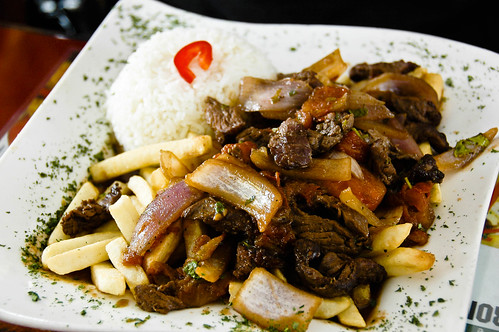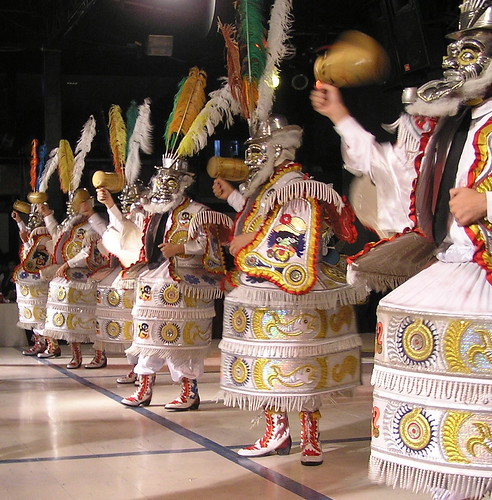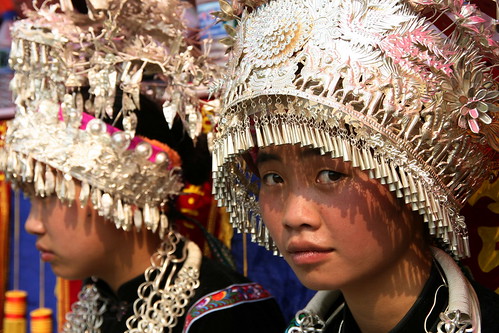Ahh… Peruvians and Chinese, Peru and China – countries so far away, but with so many links. Almost a year ago I read a book called 1434 by some guy Menzies. He also wrote 1421 where he says China arrived to America first. It’s an interesting thought considering how similar our cultures can be.
I mean, sure – Peru has the biggest Chinese colony in Latin America. Many of us may not speak Mandarin or Cantonese, but it sure has caught on everyday life. I mean, not only do we have a dish called Lomo Saltado (Sautee Sirloin?) that’s made with soy sauce, and that’s now a landmark dish.
Obviously, we don’t call soy sauce “soy sauce,” Peruvians call it “sillao” [si yau in Cantonese]. Everyone in Latin America doesn’t — just saw some Colombian “chef” doing some ceviche with lime and “soy sauce” and “ginger”. As well as an Argentinean doing “Chinese noodles” with “soy sauce”.
You go to the market in Peru, and you buy “sillao” like Kikko or the Ajino-Sillao, which actually comes from the Japanese Ajinomoto company.
Peruvians also don’t buy “ginger”, they buy “kion” [kiong/keung in Cantonese]. Peruvians don’t buy “snow pea“, they buy “jolantao” [ho lan tou/he lan dou in Cantonese]. My mom tells me that it comes from the word Holland. xD FYI.
When Peruvians eat Chinese food, they eat Chifa, the origins are a bit murky on that one, but people say it’s because Chinese families used to shout the phrase “Sik fan!” which means “Time to eat!”. Obviously, Peruvians don’t eat “fried rice”, they eat “chaufa” [chao fan]. So suck it, Peruvians are Chinese.
And look at the murky similarities in culture~~~ xD








